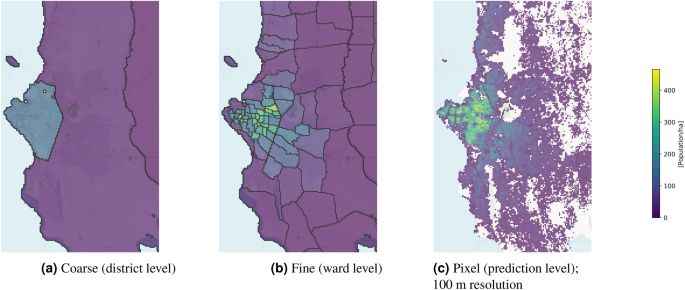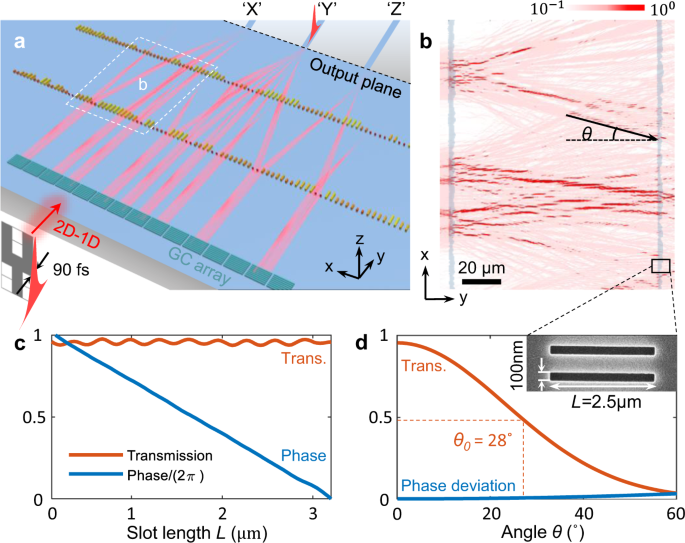UCRの科学者が飲料水処理と有害物質除去のために開発した画期的なプロセス Breakthrough process was developed by UCR scientists for drinking water treatment and toxic site remediation
2022-12-12 カリフォルニア大学リバーサイド校(UCR)
カリフォルニア大学リバーサイド校の化学工学および環境科学者は、飲料水に含まれるこれらの有害物質を化学的に分解し、本質的に無害な小さな化合物にする新しい方法を最近発表した。
特許出願中のこの方法は、汚染された水に水素を注入し、高エネルギーで短波長の紫外線を照射するものです。水素は水分子を分極させて反応しやすくし、光は化学反応を触媒してPFAS(ポリフルオロアルキル物質)を破壊する。
この2つの作用により、フッ素と炭素の化学結合が破壊され、環境中に残留し蓄積される汚染物質が分解されます。実際、PFASの分子破壊率は、他の紫外線水処理方法と比較して、10%からほぼ100%に増加し、その他の望ましくない副産物や不純物は発生しませんでした。
この技術では、短波長の紫外線を処理槽に照射して水の分子を励起させます。「私たちは、PFASに汚染されたさまざまな水源にこの技術を適用できるように、最適化を図っています。”この技術は、飲料水と様々な種類の産業廃水の両方におけるPFASの破壊において、非常に有望な結果を示しています。”
<関連情報>
- https://news.ucr.edu/articles/2022/12/12/pollution-cleanup-method-destroys-toxic-forever-chemicals
- https://www.sciencedirect.com/science/article/pii/S2666911022000259
パーフルオロアルキル物質の破壊を促進する水素分極真空紫外光分解装置 Hydrogen-polarized vacuum ultraviolet photolysis system for enhanced destruction of perfluoroalkyl substances
Gongde Chen,Sitao Liu,Qingyang Sh,Jay Gan,BosenJin,Yujie Men,Haizhou Liu
Journal of Hazardous Materials Letters Available online :8 November 2022
DOI:https://doi.org/10.1016/j.hazl.2022.100072

Highlights
- •A new hydrogen-polarized VUV system significantly enhanced hydrated electron production.
- •The H2-polarized VUV system promoted the destruction of PFAS in non-acidic conditions.
- •Chloride and sulfate accelerated the destruction of PFAS in VUV/H2 systems.
- •Unique alkene intermediates were formed in H2-polarized VUV systems.
- •The H2-polarized VUV systems has a low energy footprint for PFAS treatment.
Abstract
Reductive water treatment using hydrated electrons (e¯aq) is a promising technology to destruct perfluoroalkyl substances; however, it faces challenges of slow reaction kinetics, undesirable chemical addition, and high energy consumption. Herein, we developed a hydrogen (H2)-polarized water photolysis system using vacuum UV (VUV) light at 185 nm for reductive destruction of perfluorooctanoic acid (PFOA) and perfluorooctanesulfonic acid (PFOS). The 185-nm photons directly photolyzed H2O and OH– into HO·, H·, and e¯aq. H2 elevated the quasi steady-state concentration of e¯aq 18 times in untuned VUV systems through eliminating the scavenging effect of dissolved oxygen and converting hydroxyl radicals (HO·/O·–) into e¯aq. The polarization effect of H2 increased the degradation of PFOA from 10 % to 95 % and the defluorination from 17 % to 94 % and led to 87 % of defluorination for PFOS. The pH impacted VUV photon adsorption between H2O and OH– and shifted the equilibrium between H· and e¯aq, which led to an optimal pH of 10.3 for PFOA destruction. The presence of chloride and sulfate enhanced the production of e¯aq and promoted PFOA destruction. H2-polarized VUV water photolysis systems produced high levels of e¯aq from clean water constituents and significantly reduced energy consumption for PFAS treatment under mild alkaline conditions.



